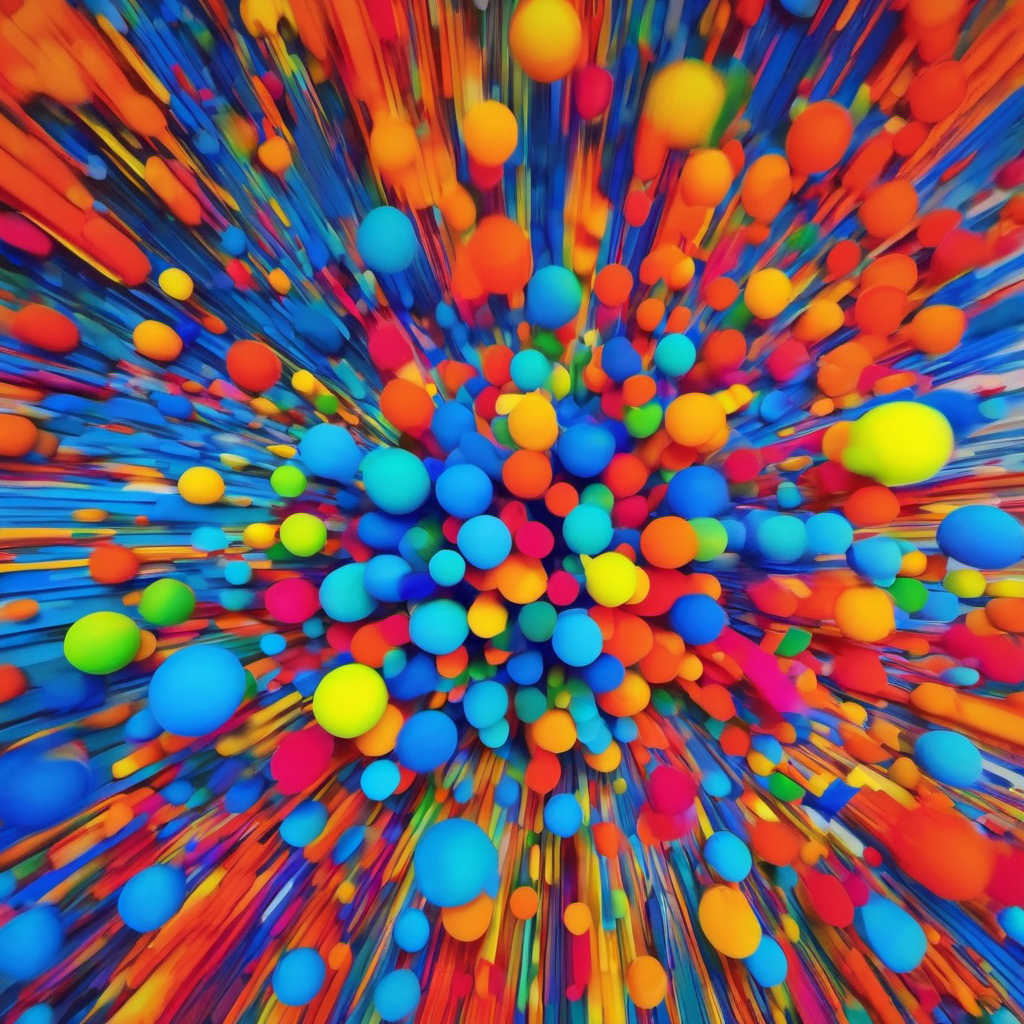Introduction: Water-based pigment dispersions have emerged as a versatile and eco-friendly solution in various industries, ranging from paints and coatings to inks and textiles. This blog aims to delve into the fascinating realm of water-based pigment dispersions, exploring their properties, applications, and the environmental advantages they offer.
Understanding Water-Based Pigment Dispersions: Water-based pigment dispersions are aqueous suspensions of finely divided pigment particles. Unlike traditional solvent-based systems, water serves as the primary carrier for these pigments. The dispersion is achieved through the use of stabilizers and surfactants, ensuring that the pigment particles remain uniformly distributed in the water.
Key Properties:
-
Eco-Friendly Nature: One of the primary advantages of water-based pigment dispersions is their environmentally friendly composition. With minimal or no volatile organic compounds (VOCs), these dispersions contribute to lower air pollution and a healthier working environment.
-
Low Odor: Water-based formulations are known for their low odor, making them an attractive choice for applications where strong odors are undesirable, such as indoor painting.
-
Improved Safety: The absence of flammable solvents in water-based systems enhances safety during manufacturing, handling, and application. This is particularly crucial in industries where safety is a top priority.
Applications Across Industries:
-
Paints and Coatings: Water-based pigment dispersions have gained prominence in the paint and coating industry due to their ease of use, low toxicity, and compliance with environmental regulations. They are widely used in architectural paints, industrial coatings, and more.
-
Inks: From printing to packaging, water-based pigment dispersions find applications in various ink formulations. Their ability to provide vibrant colors, coupled with their eco-friendly profile, makes them suitable for both consumer and industrial printing applications.
-
Textiles: The textile industry has embraced water-based pigment dispersions for dyeing and printing processes. These dispersions offer excellent color fastness and penetration into fabric fibers, resulting in high-quality, long-lasting textiles.
-
Cosmetics: Water-based pigment dispersions are finding their way into the cosmetics industry, especially in formulations like water-based nail polishes and eyeshadows. Their non-toxic nature aligns with the growing demand for safer beauty products.
Environmental Advantages: The shift towards water-based pigment dispersions aligns with the global focus on sustainable and eco-friendly practices. Some environmental benefits include reduced air pollution, lower carbon footprint, and compliance with stringent environmental regulations.
Challenges and Innovations: While water-based systems offer numerous advantages, they do come with challenges, such as stability issues and limitations in certain applications. Ongoing research and innovations are addressing these challenges, paving the way for even broader adoption of water-based pigment dispersions.
Conclusion: Water-based pigment dispersions are ushering in a new era of sustainable and high-performance solutions across diverse industries. As technological advancements continue to enhance their properties, these dispersions are set to play a pivotal role in shaping the future of coloration and coating technologies.

